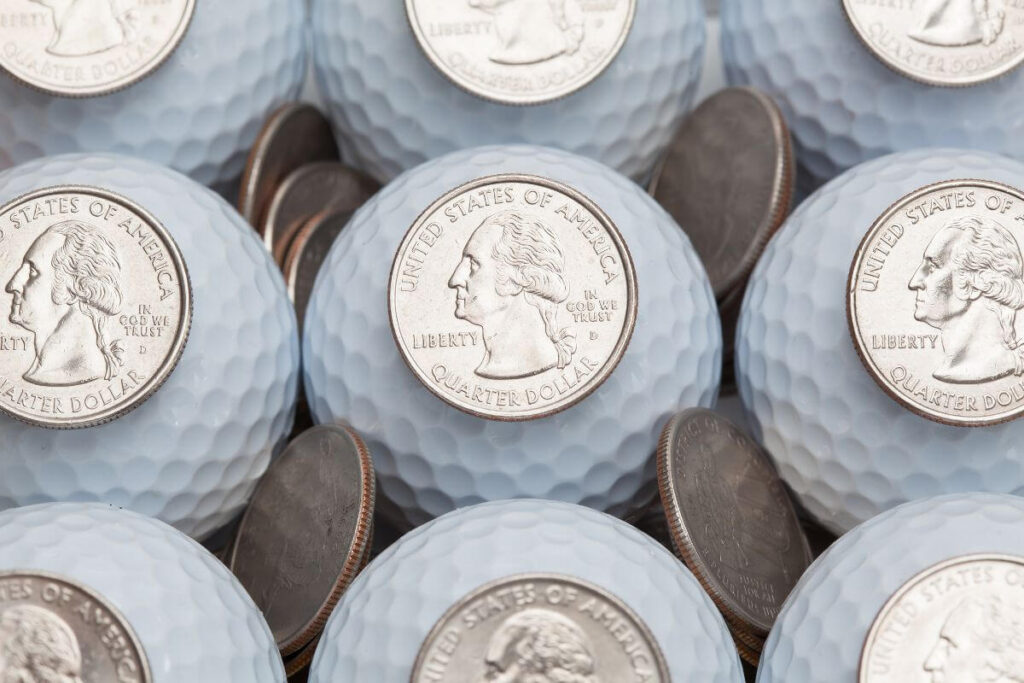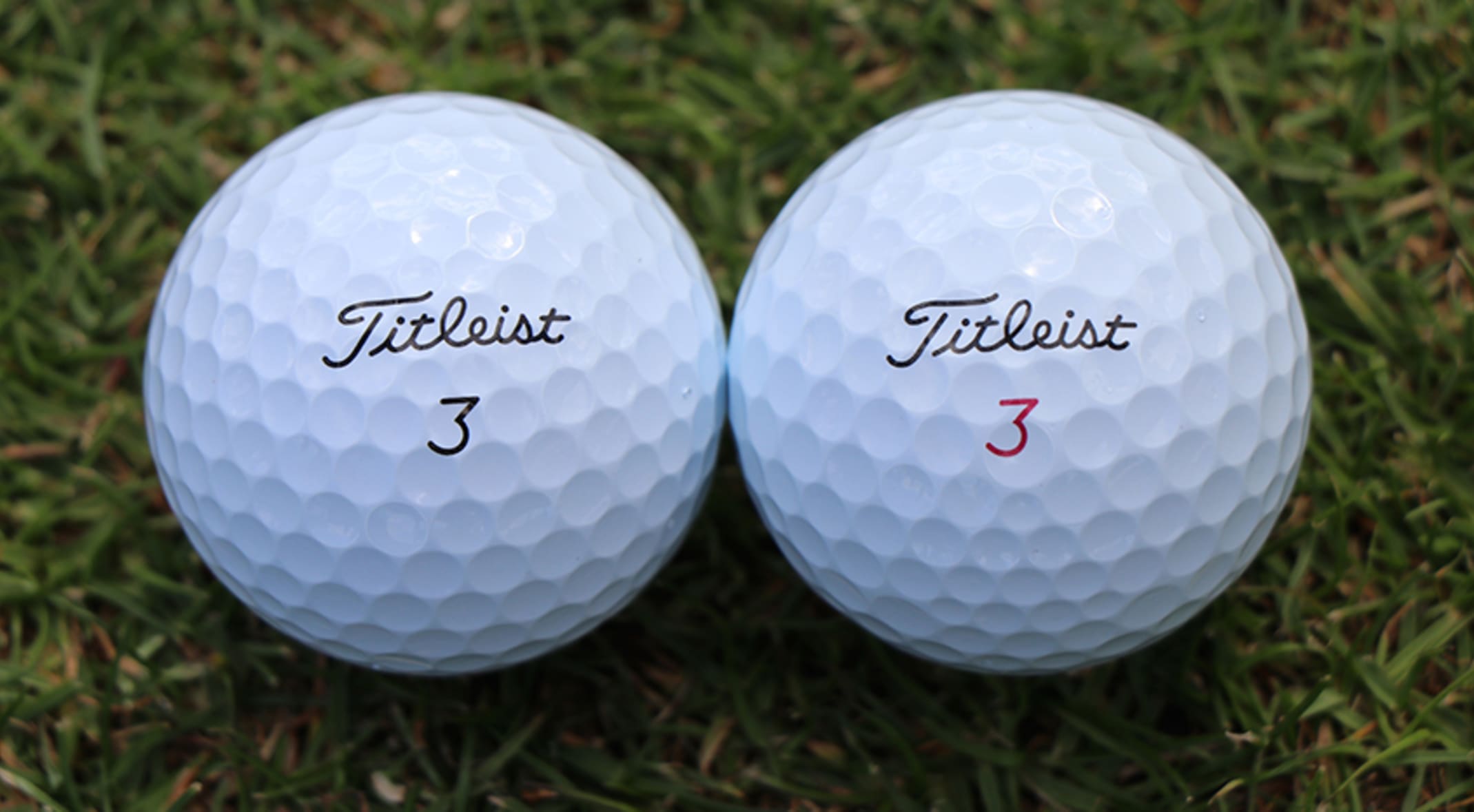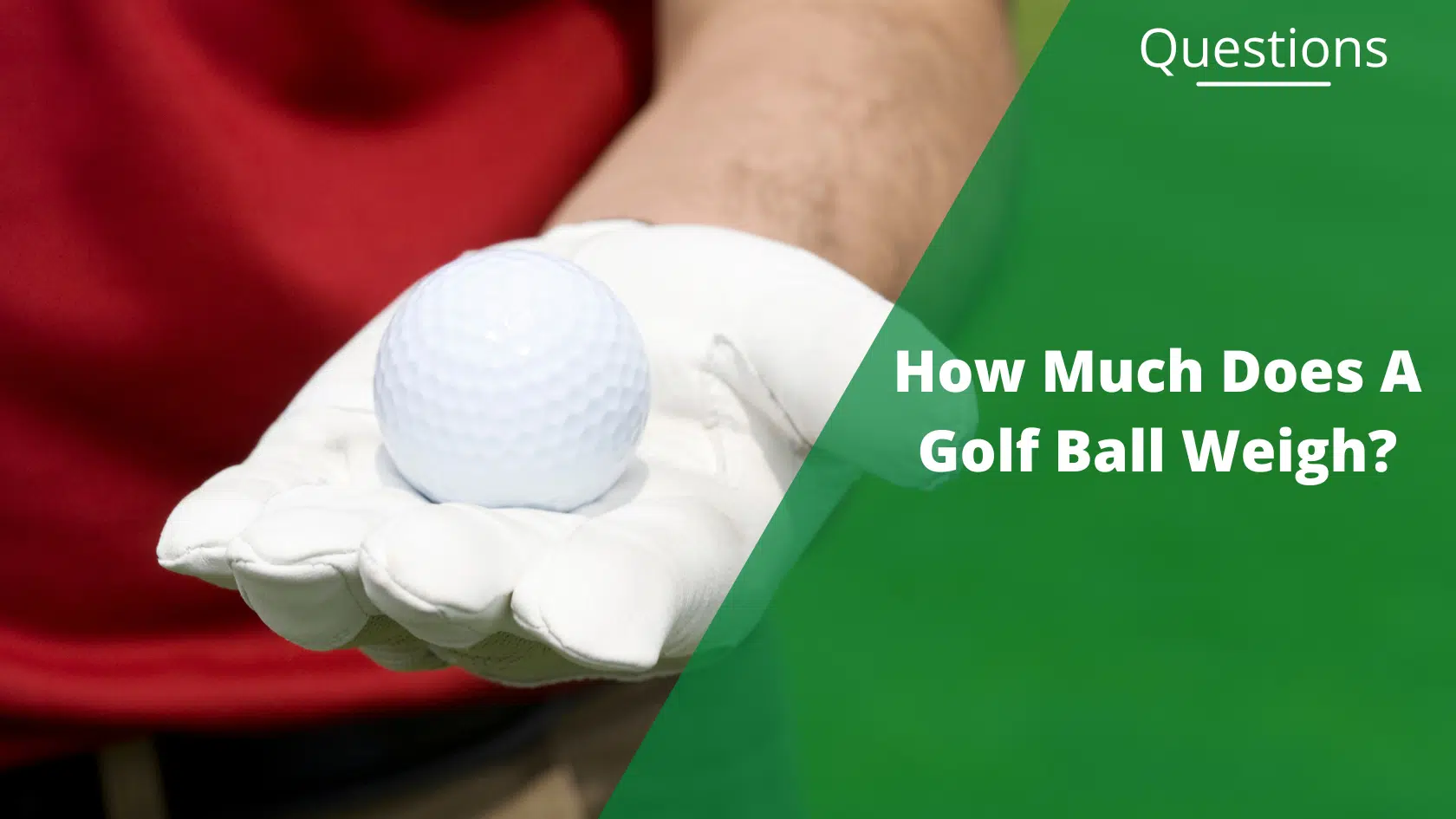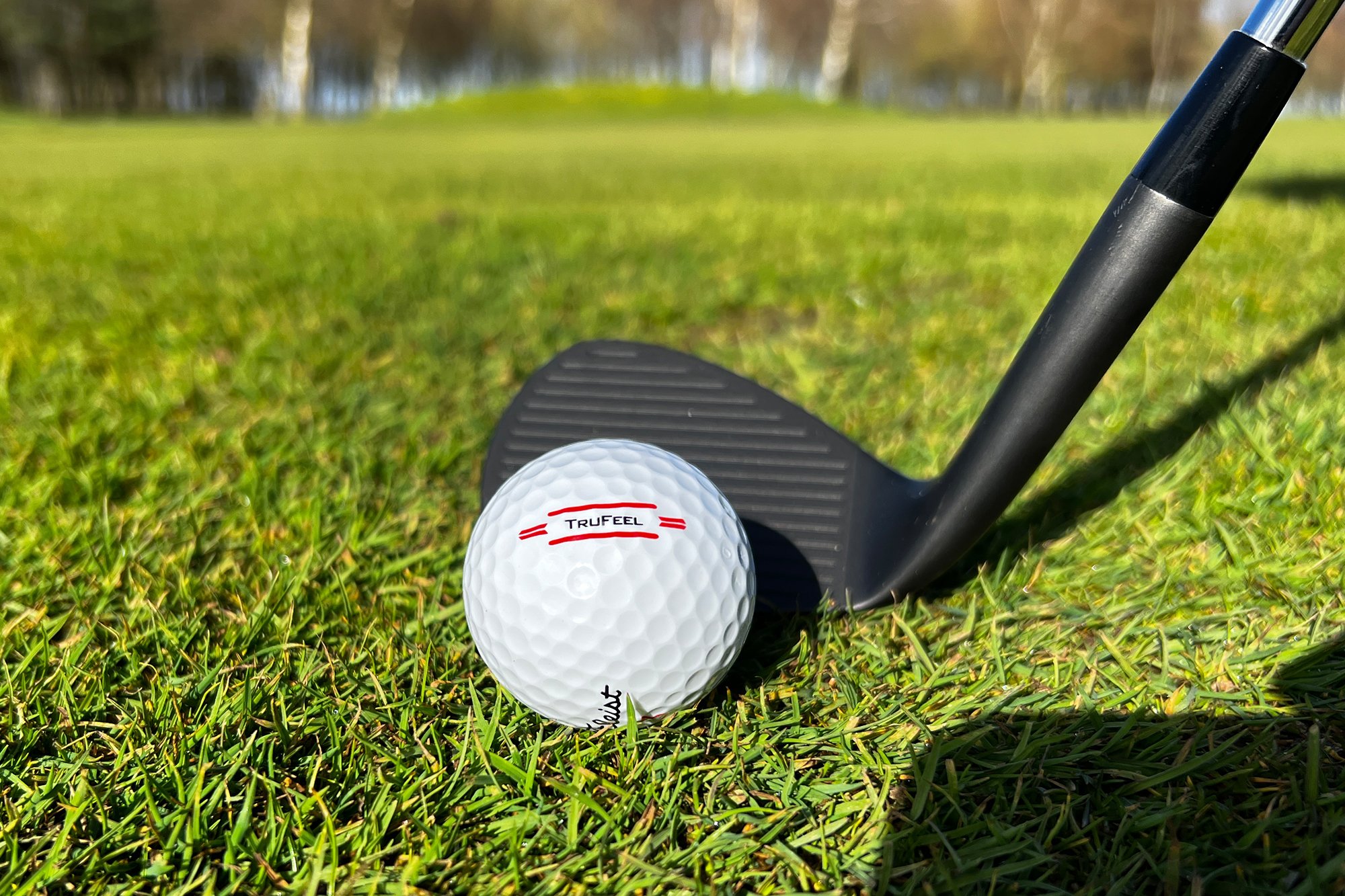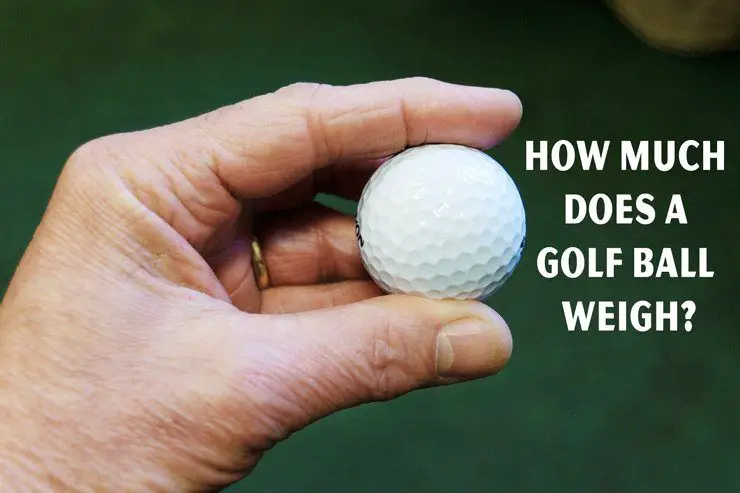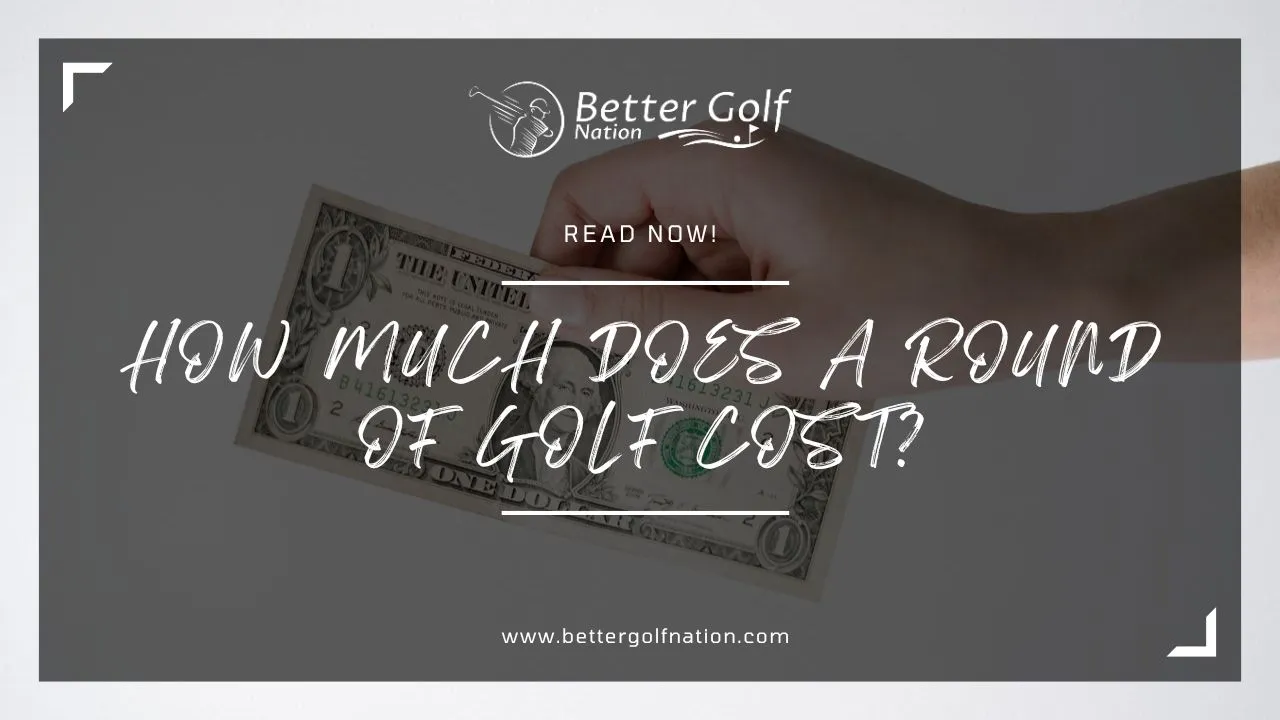How Much Does One Golf Ball Cost

The humble golf ball, seemingly a simple sphere, carries a price tag that belies its technological complexity and the intricate market forces that dictate its cost. From weekend hackers losing them in water hazards to professionals relying on their precision for championship wins, golfers constantly replenish their supply. But how much does one golf ball *actually* cost, and what factors influence this price?
This article delves into the surprisingly complex world of golf ball pricing, examining the variables that contribute to the final cost. From raw materials and manufacturing processes to branding, marketing, and even tariffs, a multitude of factors shape the price you pay at the pro shop or online. We'll break down the cost components, explore the price range from budget options to premium models, and consider the implications of supply chain disruptions and environmental considerations on the future cost of this essential piece of golfing equipment.
The Anatomy of a Golf Ball's Price
The price of a golf ball isn't simply determined by the cost of rubber and plastic. It's a culmination of various factors that begin long before the ball reaches the retail shelf. Understanding these components is crucial to grasping the fluctuations in price and the differences between various brands and models.
Raw Materials and Manufacturing
The core of most golf balls is made from a synthetic rubber, often polybutadiene. Higher-end balls might use more complex rubber blends for enhanced performance. The outer layers, or cover, are typically made from materials like Surlyn or urethane, with urethane generally being more expensive and offering better feel and spin control.
Manufacturing involves molding these materials under high pressure and heat, followed by processes like painting, stamping, and coating. The complexity of the design, particularly the number of layers and the intricacy of the dimple pattern, directly impacts production cost. Automated processes help control costs, but quality control measures add to the overall expense.
Research and Development
Significant investment goes into research and development to improve ball performance. Companies like Titleist and Callaway spend millions annually on designing and testing new ball technologies. This includes everything from aerodynamic optimization to material science, aiming to create balls that fly further, spin better, and feel softer.
These R&D costs are inevitably factored into the final price of the product. Golfers are essentially paying for the innovation and technological advancements that promise to improve their game.
Branding and Marketing
Brand recognition plays a significant role in the perceived value of a golf ball. Companies invest heavily in marketing and endorsements from professional golfers to build brand loyalty. A Titleist Pro V1, for example, commands a premium price partly due to its association with top players and its reputation for quality.
Marketing campaigns, sponsorships, and advertising all contribute to the overall cost of doing business and, subsequently, to the price consumers pay. Even packaging design adds to the expense.
Distribution and Retail
The journey from the factory to the consumer involves a chain of distribution, each adding its margin. Manufacturers sell to distributors, who then supply retailers, both online and brick-and-mortar stores. Retailers mark up the price to cover their overhead costs, including rent, staff salaries, and marketing.
The type of retailer also impacts the price. Pro shops at golf courses often charge more than online retailers due to convenience and the perception of specialized service.
Tariffs and Trade
Global trade policies and tariffs can influence the cost of golf balls, especially those manufactured overseas. Import duties and other trade restrictions can increase the cost of raw materials or finished products, which is then passed on to the consumer. Fluctuations in currency exchange rates can also affect pricing.
The Price Spectrum: From Budget to Premium
Golf balls are available at a wide range of price points. This reflects the diverse needs and budgets of golfers, as well as the different performance characteristics offered by various models.
Budget-Friendly Options
At the lower end of the spectrum, you'll find balls designed for durability and distance, often sacrificing some spin control and feel. These balls typically cost around $15-$25 per dozen. They are ideal for beginners or recreational golfers who prioritize affordability over advanced performance features.
Mid-Range Balls
Mid-range balls offer a balance of performance and price, typically costing between $25-$40 per dozen. These balls incorporate some of the advanced technologies found in premium models, offering improved spin and feel compared to budget options.
Premium Balls
Premium golf balls, such as the Titleist Pro V1, Callaway Chrome Soft, and TaylorMade TP5, command the highest prices, often exceeding $50 per dozen. These balls are designed for experienced golfers who demand maximum performance in terms of distance, spin, control, and feel.
External Factors and Future Trends
The cost of golf balls is not static; it's subject to changes in the global economy and evolving environmental concerns.
Supply Chain Disruptions
Global events, such as pandemics or geopolitical instability, can disrupt supply chains and lead to price increases. Shortages of raw materials or transportation bottlenecks can drive up production costs. The COVID-19 pandemic, for example, led to temporary shortages and price fluctuations in many industries, including golf equipment.
Environmental Considerations
There's increasing pressure on manufacturers to produce more sustainable golf balls. This includes using recycled materials, reducing waste in the manufacturing process, and developing biodegradable options. The development and implementation of these environmentally friendly practices can add to the production cost, potentially impacting consumer prices.
The Resale Market
The resale market for used golf balls, often recovered from water hazards and wooded areas, offers a more affordable option for budget-conscious golfers. These balls are typically sold at significantly lower prices than new balls, although their condition and performance may vary.
Conclusion
The cost of a golf ball is a multifaceted issue, influenced by a complex interplay of factors. From raw materials and manufacturing processes to branding, marketing, and external economic forces, each element contributes to the final price. While budget options cater to recreational players, premium balls target serious golfers seeking peak performance.
Understanding these factors allows golfers to make informed purchasing decisions based on their skill level, budget, and performance requirements. As environmental concerns grow and technological advancements continue, the golf ball market will undoubtedly evolve, shaping both the cost and characteristics of this essential piece of sporting equipment in the years to come.


